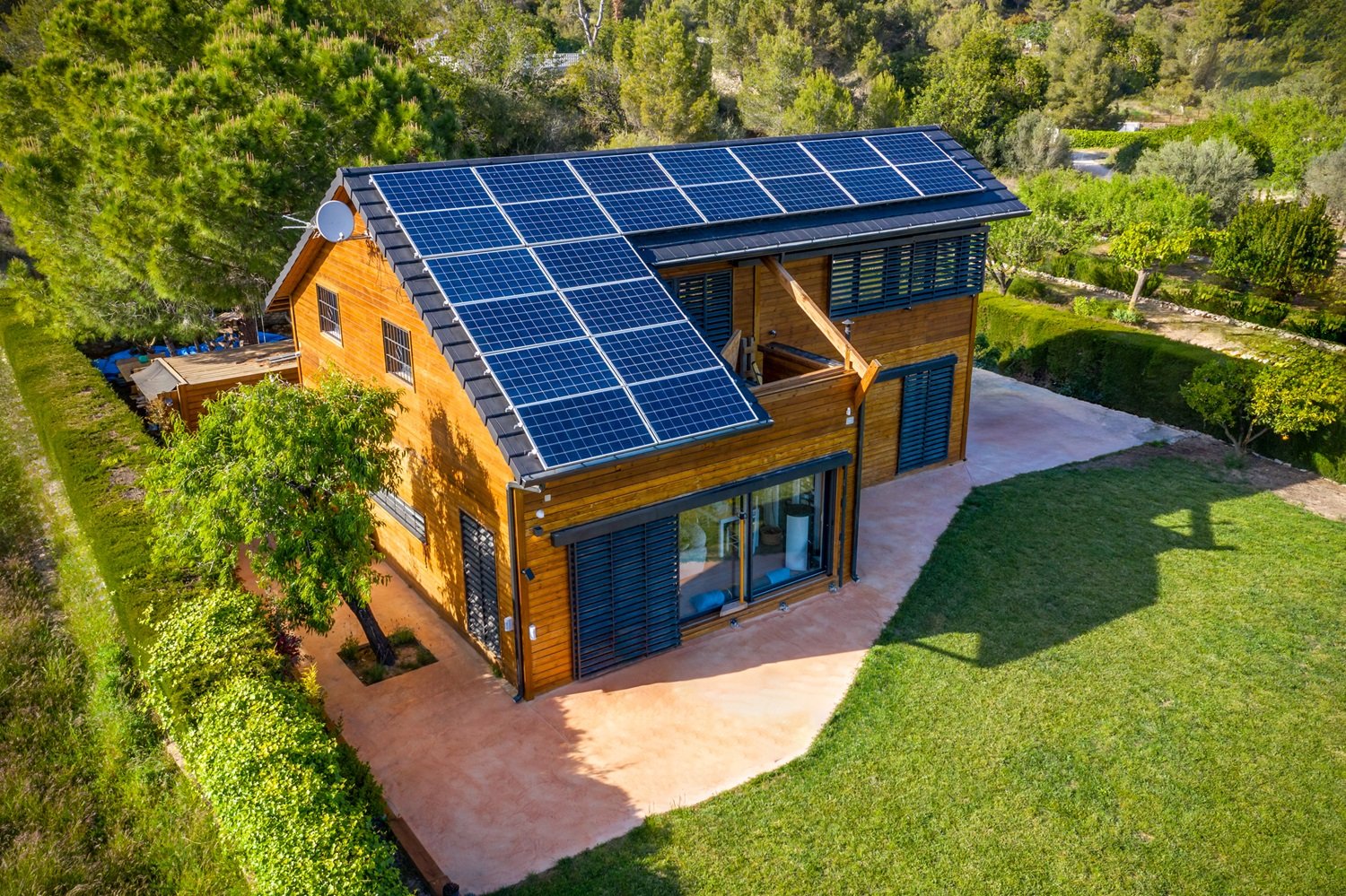
Get matched with top ducts & vents installers and replacers in your area
Enter your zip and get matched with up to 3 pros
Matching on HomeAdvisor


Ducts & vents installers and replacers in North-lake
No results for Ducts & Vents - Install or Replace in
Try adjusting your search criteria.Ducts & vents installations and replacements FAQs
Return air vents aren't required in every room, but proper placement is essential for system efficiency. According to industry standards, you'll need one return vent for every 100 to 150 square feet of living space. Ideally, each room would have its own return vent, especially larger rooms exceeding 100 square feet.
Without adequate return airflow, your HVAC system works harder, energy costs increase, and comfort decreases. A professional assessment can determine the optimal number and placement of return vents for your specific home layout.
Signs that your home needs additional return air vents include rooms that feel consistently stuffy, noticeable temperature variations between rooms, doors that slam shut when the HVAC system operates, or unexpectedly high energy bills. Excessive dust accumulation around supply vents can also indicate inadequate return airflow.
If you experience these issues, consulting with an HVAC professional can help determine if adding return vents would improve your system's performance.
Supply vents deliver conditioned air into your living spaces, while return air vents draw room air back to your HVAC system for reconditioning. Supply vents push treated air into rooms, while return vents pull air from rooms back toward your heating and cooling equipment.
Both components are essential for proper air circulation and system balance. Without sufficient return capacity, your HVAC system may experience pressure imbalances that reduce efficiency and comfort.
You should inspect and clean your return air vents at least once annually, according to industry recommendations. However, homes with pets, allergy sufferers, or noticeable dust buildup may benefit from more frequent cleaning.
Regular maintenance helps maintain good indoor air quality and ensures your HVAC system operates efficiently. Professional duct cleaning, which addresses the entire system beyond just the visible vents, is recommended every few years, depending on your home's specific conditions.





- Birmingham
- Phoenix
- Tucson
- Fresno
- Long Beach
- Los Angeles
- Modesto
- Sacramento
- San Diego
- San Francisco
- San Jose
- Denver
- Hartford
- Washington DC
- Fort Lauderdale
- Jacksonville
- Miami
- Orlando
- Tampa
- Atlanta
- Chicago
- Indianapolis
- Louisville
- New Orleans
- Baltimore
- Boston
- Detroit
- Grand Rapids
- Minneapolis
- Saint Paul
- Kansas City
- Saint Louis
- Las Vegas
- Albany
- New York
- Asheville
- Charlotte
- Greensboro
- Raleigh
- Winston Salem
- Cincinnati
- Cleveland
- Columbus
- Oklahoma City
- Portland
- Harrisburg
- Philadelphia
- Pittsburgh
- Providence
- Memphis
- Nashville
- Austin
- Dallas
- El Paso
- Fort Worth
- Houston
- San Antonio
- Salt Lake City
- Norfolk
- Richmond
- Virginia Beach
- Seattle
- Madison
- Milwaukee



